I'm trying to rewrite an iOS app from objective c into swift. I'm using serialization in order to send data over some sort of communication layer. In objective c I used #pragma pack (1) at the top of each struct in order to use sequential layout without padding between the data members. I tried to use PRAGMA_STRUCT_PACK at the top of the struct. It seems to work at the playground, but when implementing it in my app, I got an error message saying: "Expressions are not allowed at the top level".

